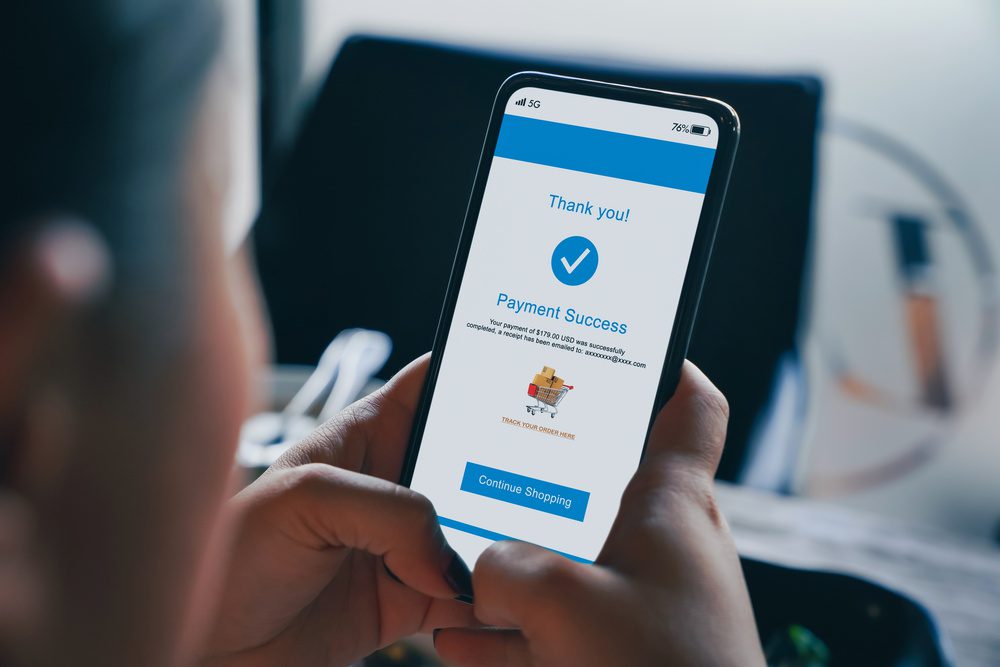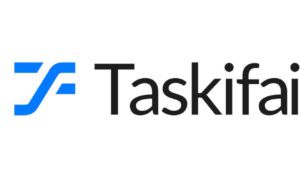As a business owner, you know that managing and accepting marketplace payments require more than just putting up your product listings and waiting for customers to come.
Managing payments in a marketplace can be an intimidating and complex process. But, with the right tools and strategies in place, it doesn’t have to be. With proper planning and oversight, you’ll have all the necessary pieces to handle your marketplace payments efficiently and effectively. Here’s how you can manage payments for your marketplace business.
-
Understand The Different Types Of Marketplace Payments
Managing marketplace payments can be daunting, especially when dealing with foreign currency accounts. One of the essential aspects of managing marketplace payments is understanding various available types. Whether it’s a payment processor or an online marketplace, there are multiple methods for buyers to pay for their products. PayPal, credit cards, and debit cards are some of the more popular ways for customers to make purchases, but there may be other options, such as Google Pay and Apple Pay.
Merchants must review the available options and establish which payment types best suit their needs to ensure their customers have satisfactory buying experiences. Some payment processors feature tools to help automate tasks such as withdrawing funds. Some provide fraud protection and comparative data that merchants can use when making informed decisions. Figuring out how to manage marketplace payments is simple, but a lot of research and thought should go into selecting the right payment processes for your business.
-
Choose a Payment Processor
Managing marketplace payments can initially seem tricky, but it becomes a breeze with a suitable payment processor. First and foremost, it’s essential to choose a secure processor that complies with industry standards and meets the needs of your business.
The first step to handling payment processing is selecting a reliable payment processor that can accommodate transactions of different types, such as credit cards, digital wallets, and other forms of payment. Research each option thoroughly before deciding—find out which processors offer the best rates and security measures for protection against fraud.
Once you’ve chosen a processor, you’ll need to integrate it into your marketplace platform. This typically requires some coding know-how. As such, you may enlist the help of a professional for this step. Additionally, keep in mind that payment processors often come with fees, so factor those into your budget when determining what processor to use.
Ideally, the best payment processor should be able to securely collect money from customers in all countries, reduce transaction costs, monitor customer creditworthiness, protect your online store from fraud, and easily issue refunds or price adjustments.

Woman using cell phone shopping on ecommerce marketplace at home with payment success detail, shopping cart and track your order here on screen. Online shop, e-commerce, financial transaction concept
-
Set Up Payment Terms
Setting up payment terms for your marketplace is paramount for the smooth functioning of any business. Payment terms guide what should be paid, when it should be paid, and how it should be paid.
Establishing payment terms can also increase confidence from buyers who may have questions about the time they’ll receive their purchased goods or services. Businesses must consider setting up specific payment terms, including dates, procedures, and the dispatch of goods against payment.
Adopting strong practices that are effective in processing payments promptly must be embraced by both merchants and buyers before transactions can take place to ensure a solid marketplace experience.
-
Set Up Customer Support Policies
Take time to set up customer support policies related to processing payments and refunds. This will ensure buyers feel secure in their transactions. Establishing customer service protocols beforehand will save you time and energy and prevent any unexpected issues from coming up when collection time comes around. Once these preparations are taken care of, you can start setting up your business’ payment system.
To ensure your customers have access to quick and reliable payment options, managing marketplace payments requires a few steps. Before you implement any payment system, ensure you’re familiar with the agreement between you and the company that provides the service.
-
Fraud Protection Measures
To keep money and orders secure, online businesses must be diligent in protecting their marketplace payments. This can involve implementing fraud protection measures, such as verifying identity through documents like driver’s licenses or passports. Plus, using an efficient payment gateway that’s fast and secure will make sure transactions are handled most conveniently and efficiently.
Moreover, third-party services from platforms like PayPal add another layer of security as a trusted vendor can help mitigate the risk of fraud and ensure the successful completion of payments for both buyer and seller. All these steps will help establish trust between customers, provide optimal user experience, and strengthen overall security for your marketplace payments.
The Bottom Line
Marketplace payment management is essential for any business dealing with transactions online. With the right strategies in place—such as choosing the right payment processor, setting up payment terms, implementing fraud protection measures, and setting up customer support policies—you’ll have all the necessary tools for managing payments.


































